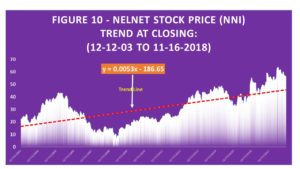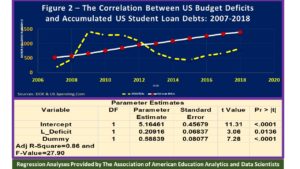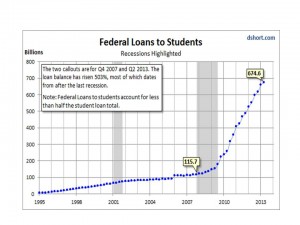Before answering the above question, one needs to understand what is systematic error in the education industry, who are the producers and sources of these errors as the first step to understand the issues. There are four major players (1). Regulators; (2). Administrators; (3). College decision makers and (4). American public i.e., students and their family. The first-three group, as it has discussed in this BLOG are endogenous to the system, while students are exogenous, i.e., they do not have the power to influence the outcome.
When the regulator permits the for-profit institutions and the student loans servicing companies to go-public or selling their stock in Wall Street then we have another entity added as an exogenous force. Therefore, all together there are 4 endogenous and one endogenous variable.
Let us define what could be the systematic errors in the education industry? This type of errors are well known in the Physic research area where researchers collect information, data or events, based on tainted equipment that consistently produces biased outcomes. One needs to know what is the desirable or optimal outcome before she or he is able to make the inference that other than the optimal outcome is the undesired or tainted results. In the education industry the equivalent of “tainted outcome” are numerous such as lower graduation rate, pilled up student loans, unaffordable tuition, lower delivered education qualitys, higher operating cost, inefficiency and many others.
Now, let us take the following important questions: Who are among these subsystems (endogenous variables) are the instruments that could have direct impact to generate the tainted outcomes? The first-three members of the endogenous group have the power to make the public policy, while the fourth member of the group may have the power to affect the public interests through corporates’ policies.
- Regulator/law makers’, government and college administrator’s objectives should be consistent with the tax payers’ interests. If not then they potentially are the sources and producers of the systematic errors.
- The Wall Street’s interests are leaning toward the corporates’ objective is to make profit. Therefore, it may generate conflict with the tax payers’ interests. This group will have higher probability to make systematic errors.
Things are out-of control if all these endogenous forces directly or indirectly working against the public interests. The $1.5 trillion piled-up of current student loans which show no sign of slow down is nothing but showing the results of different policies that have been implemented by these endogenous groups caused the systematic errors. Therefore, there is no cure for the current US student loans issue, until after these systematic errors are managed, minimized or eliminated.






